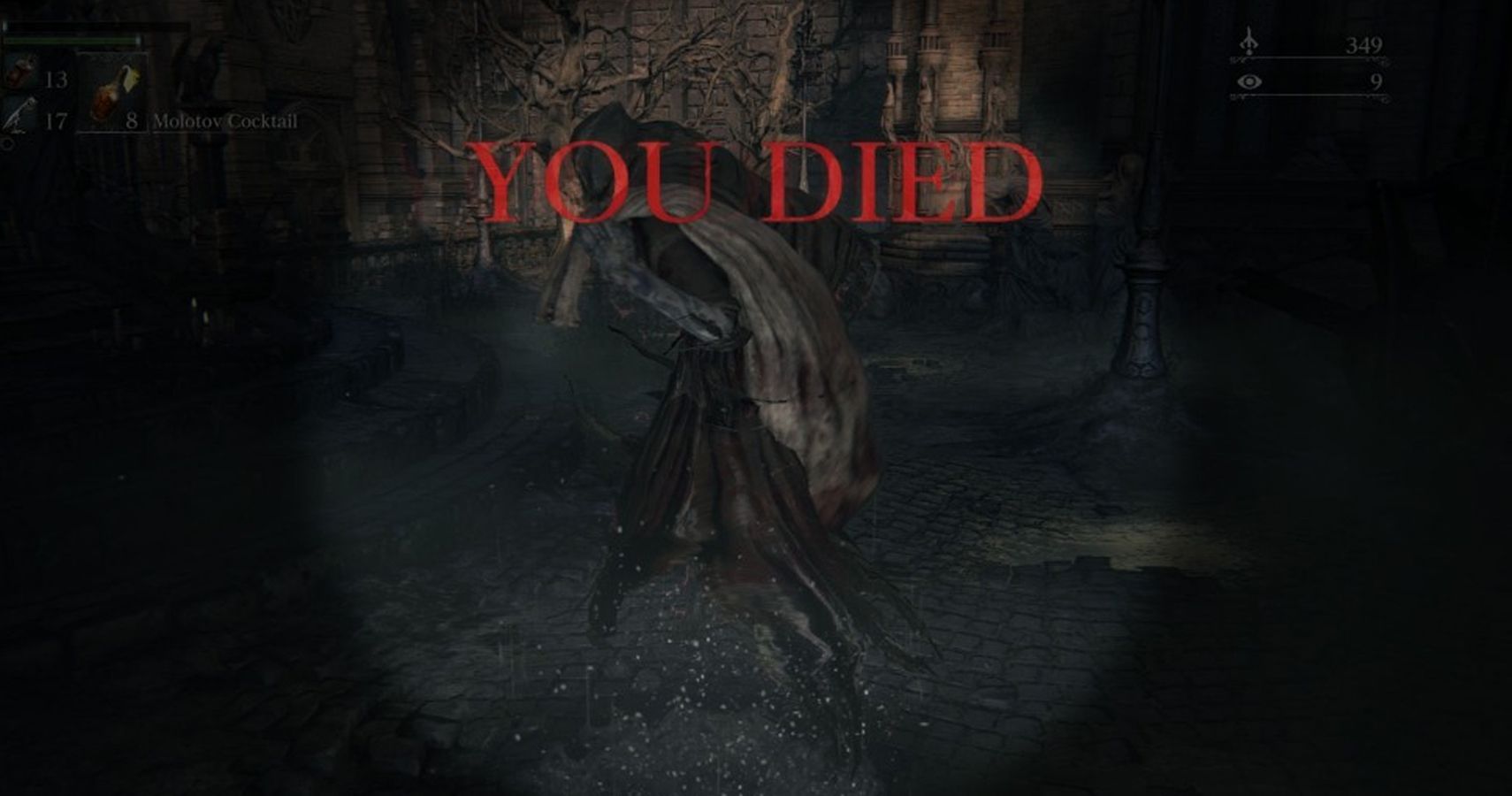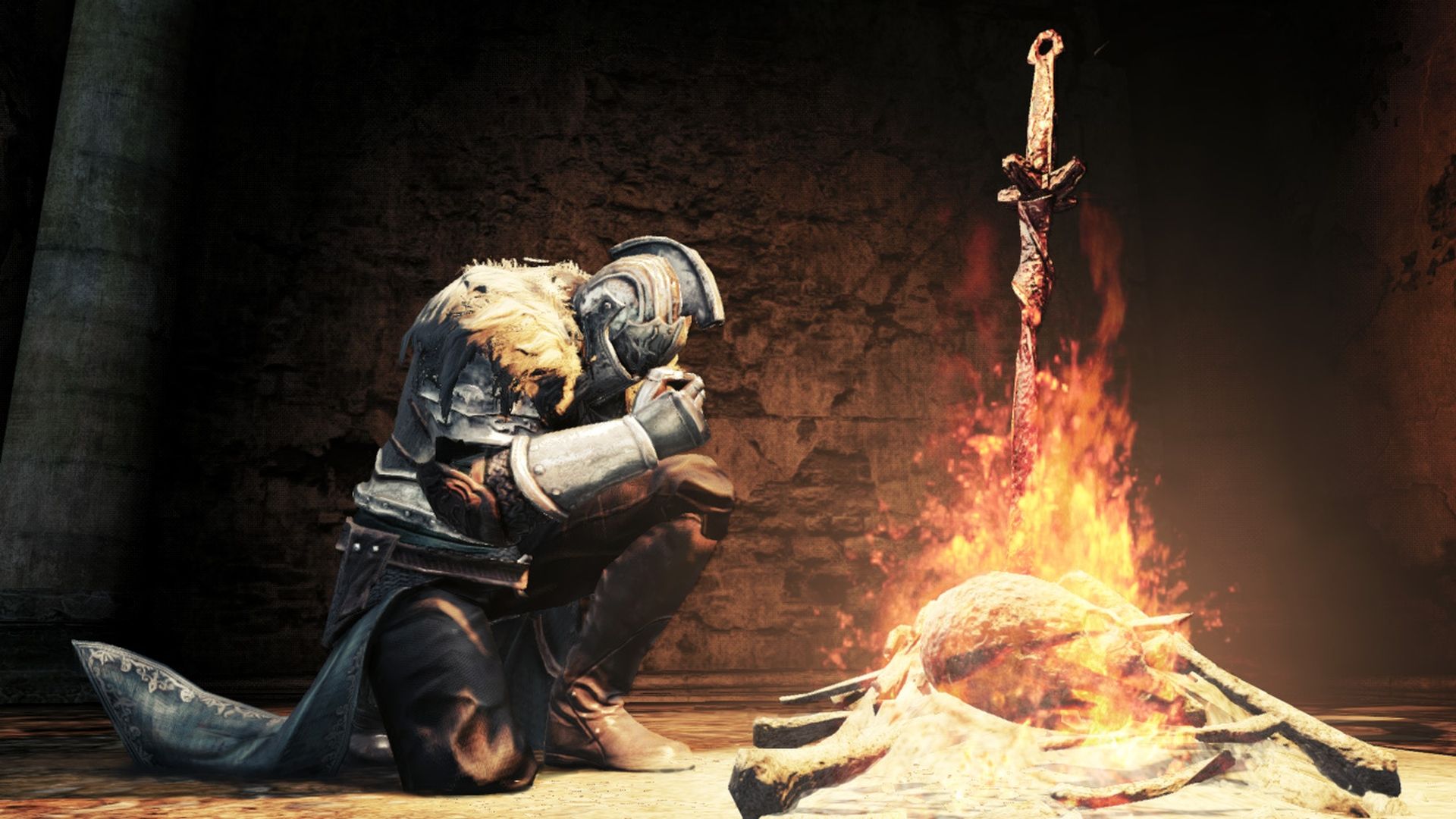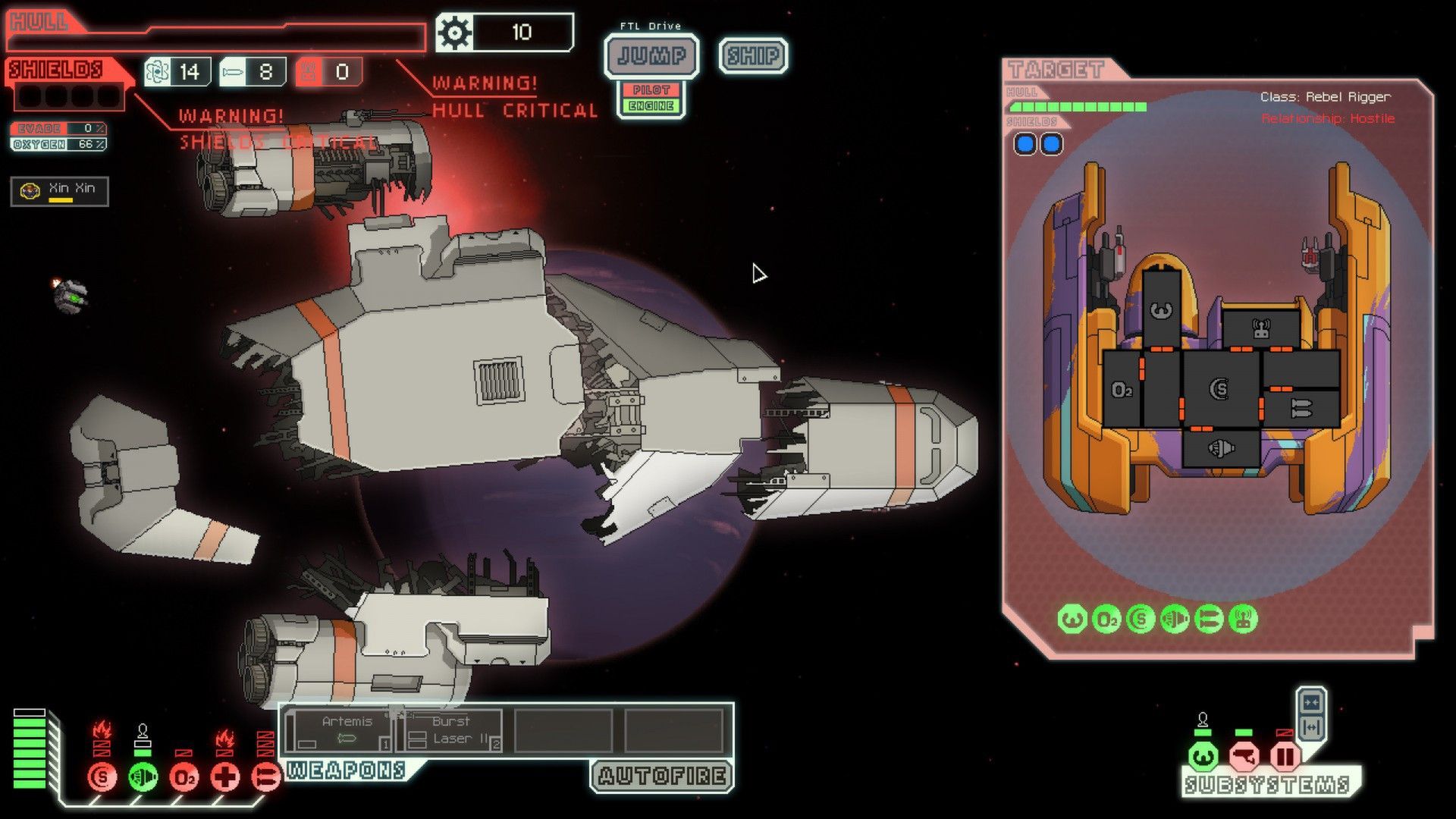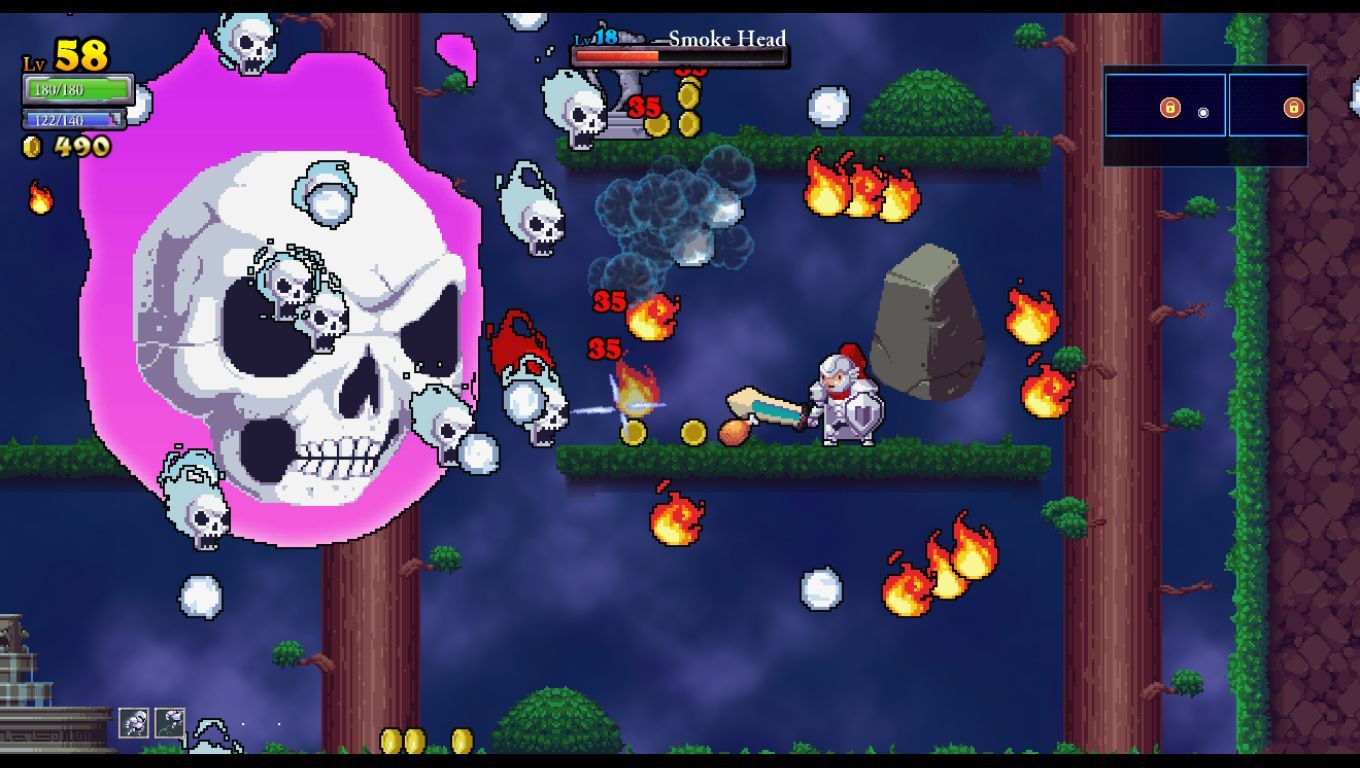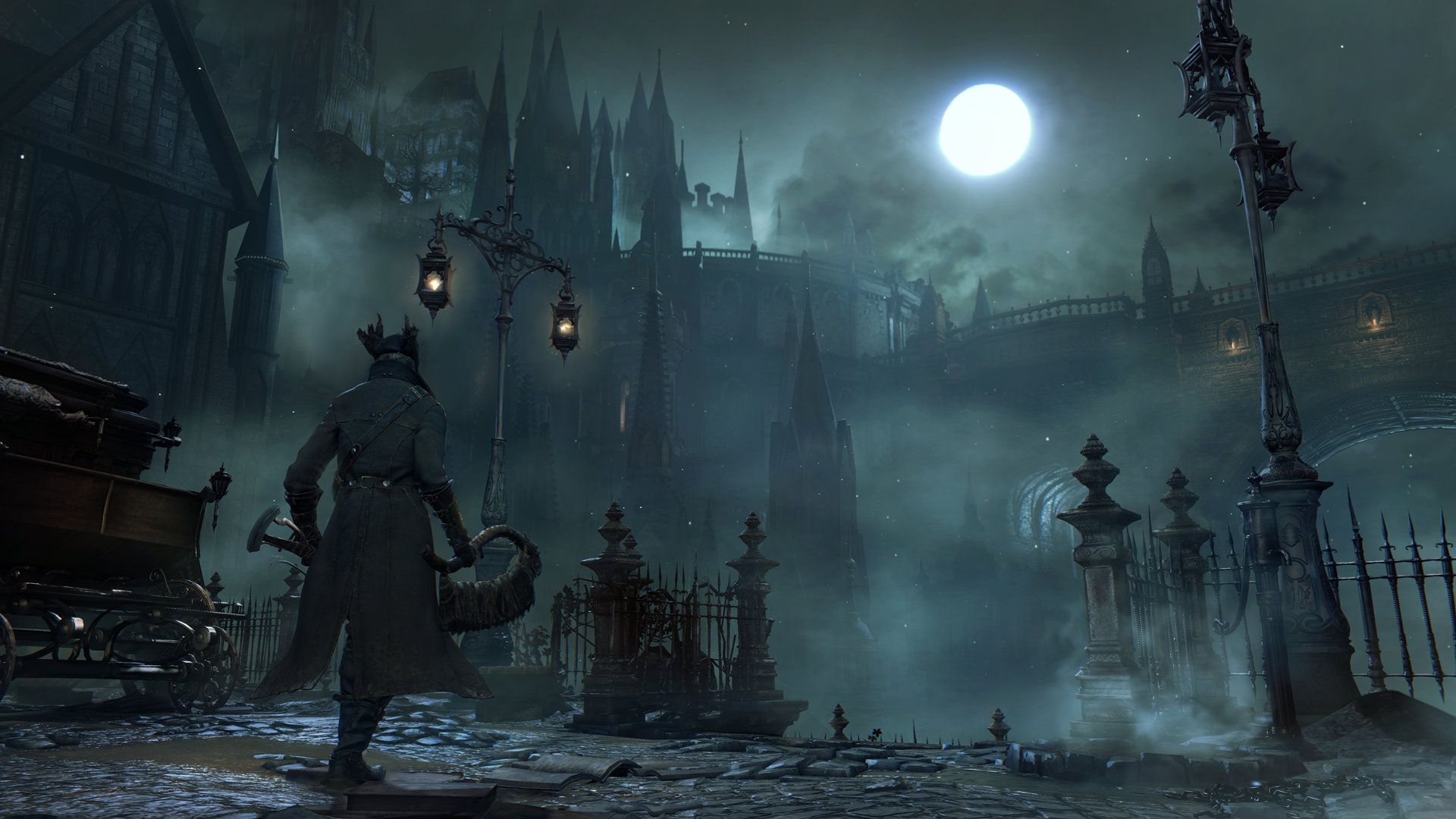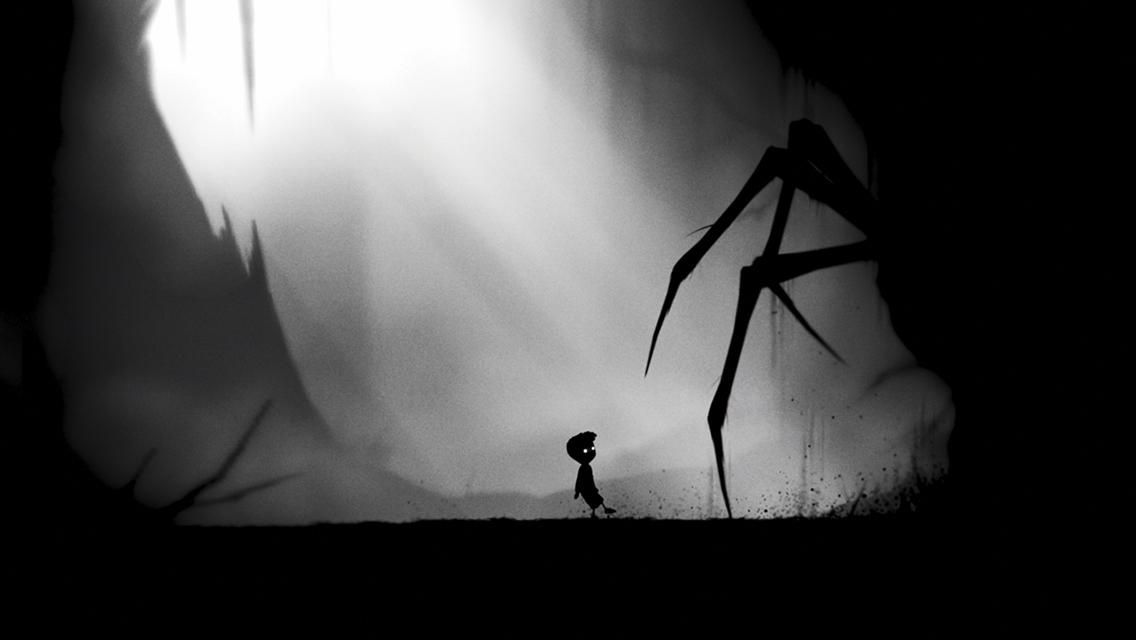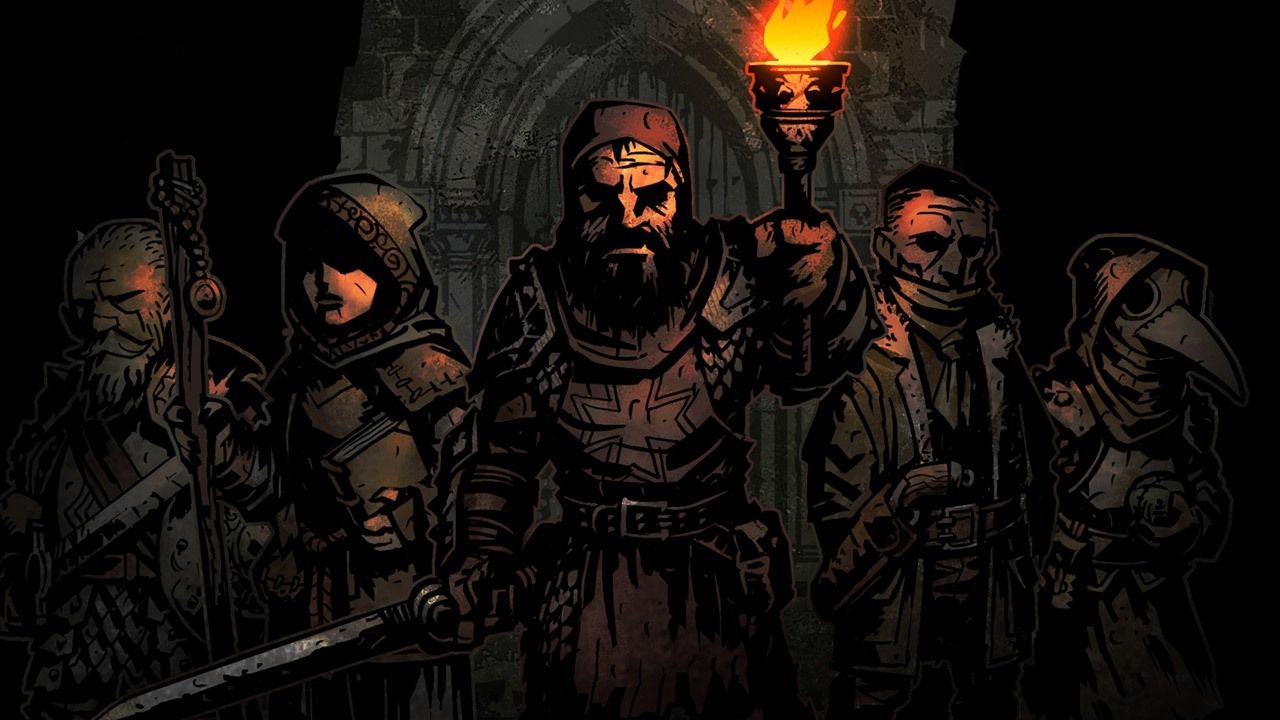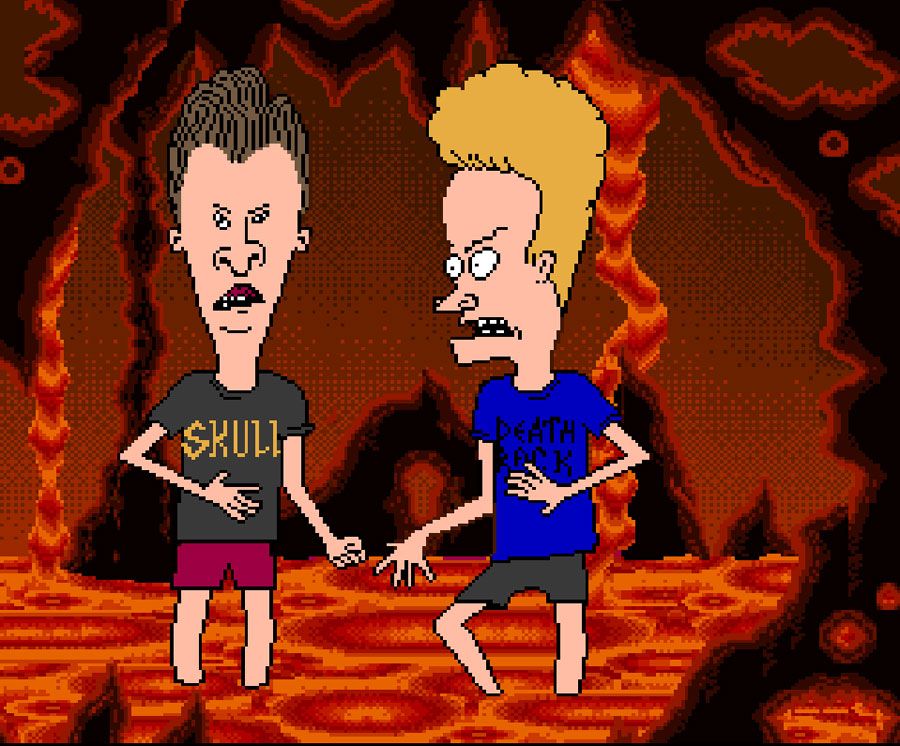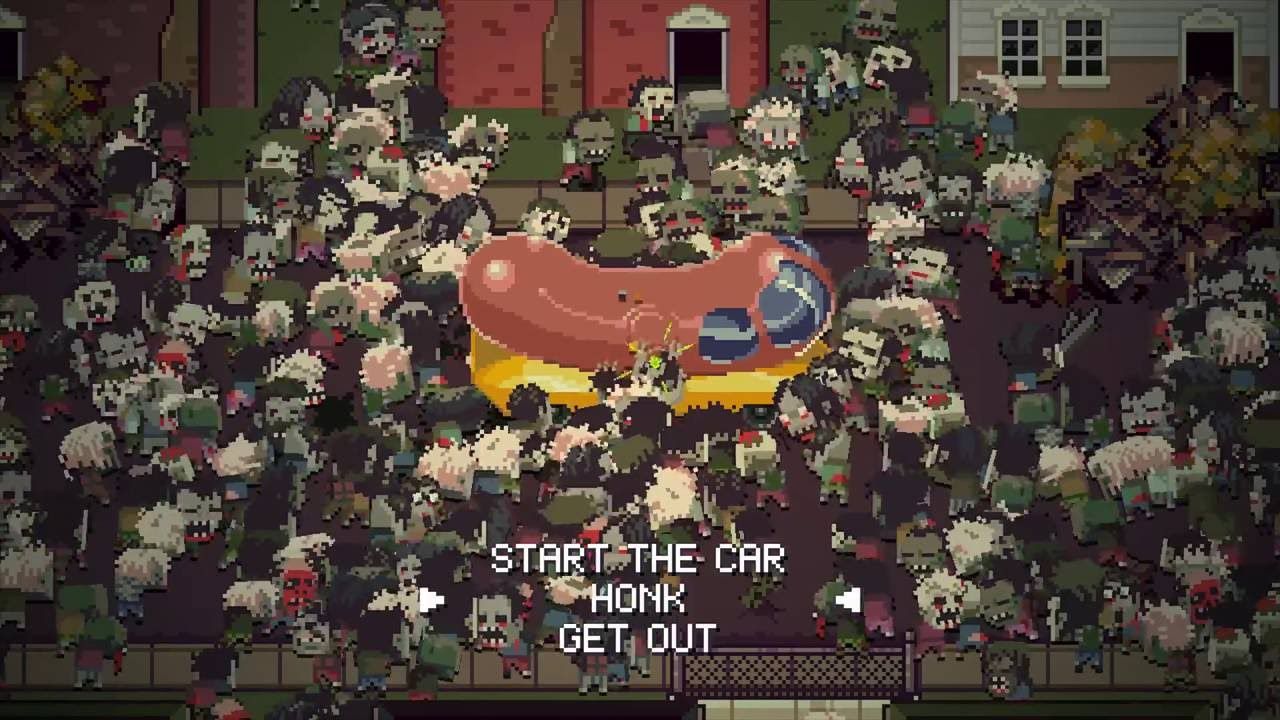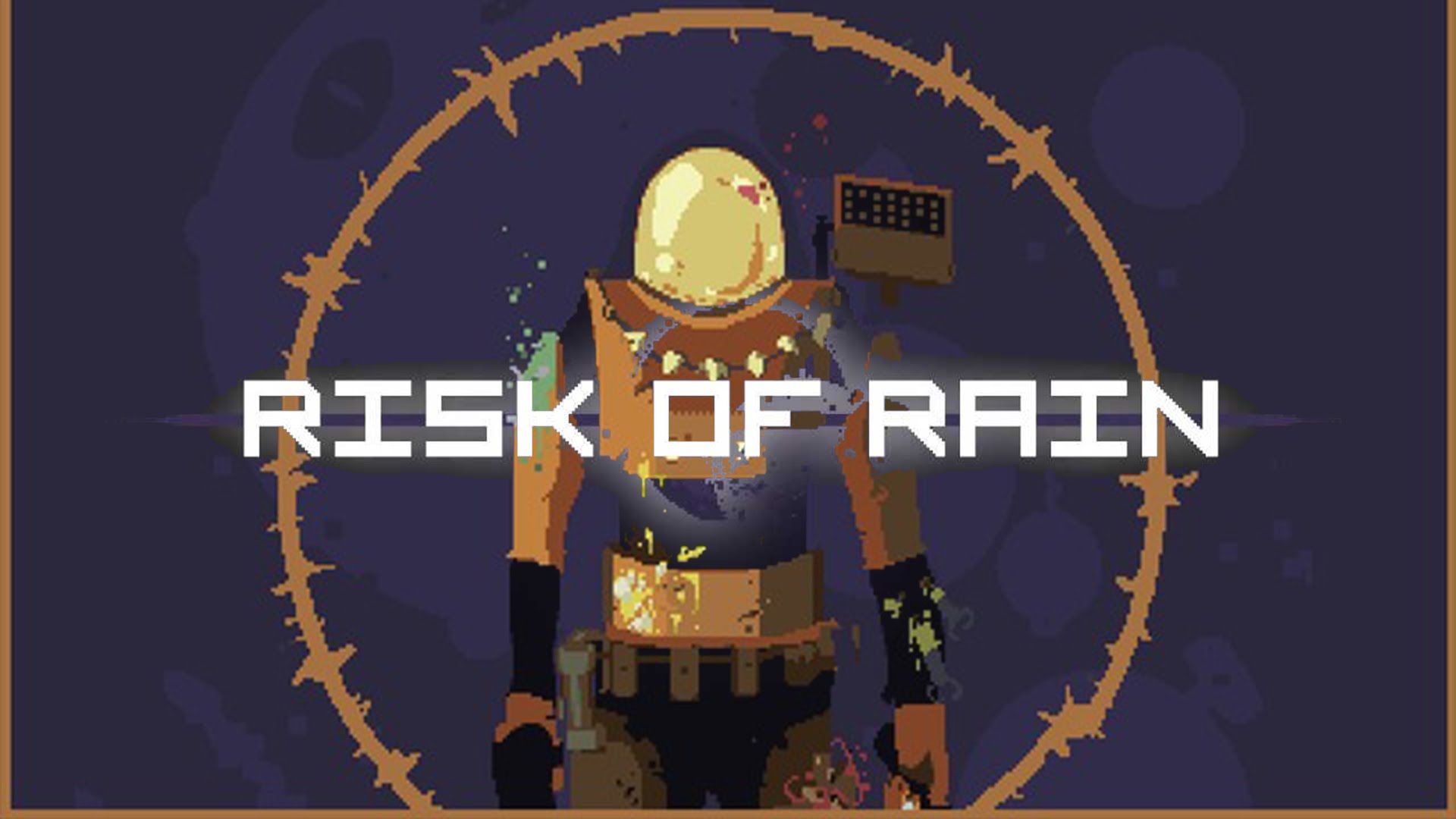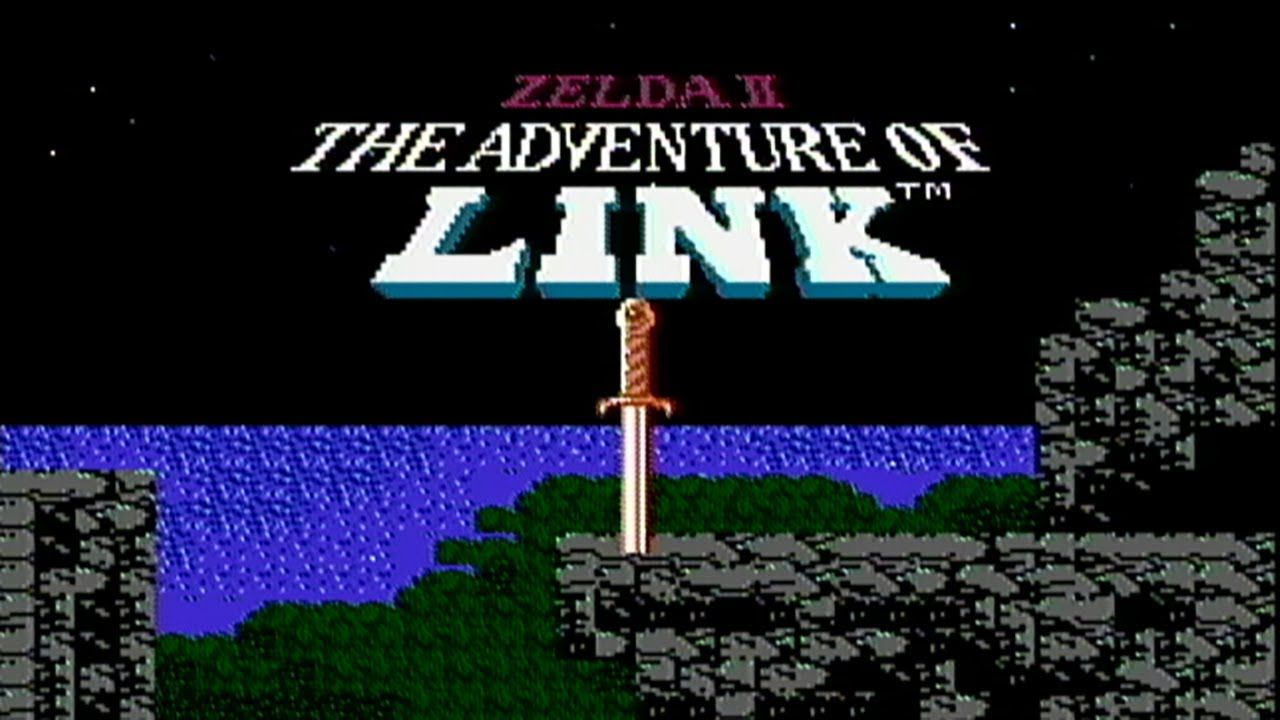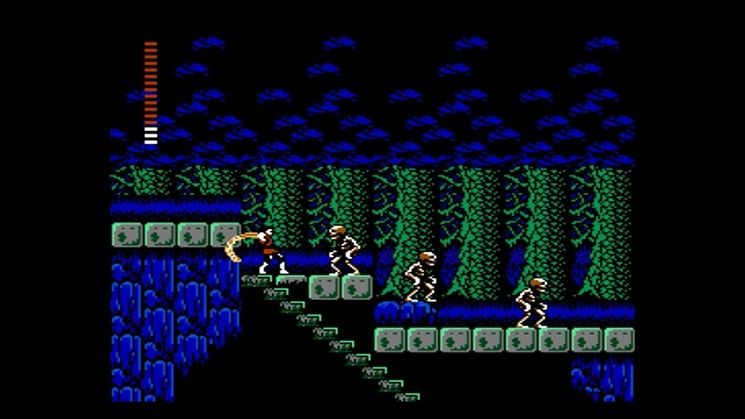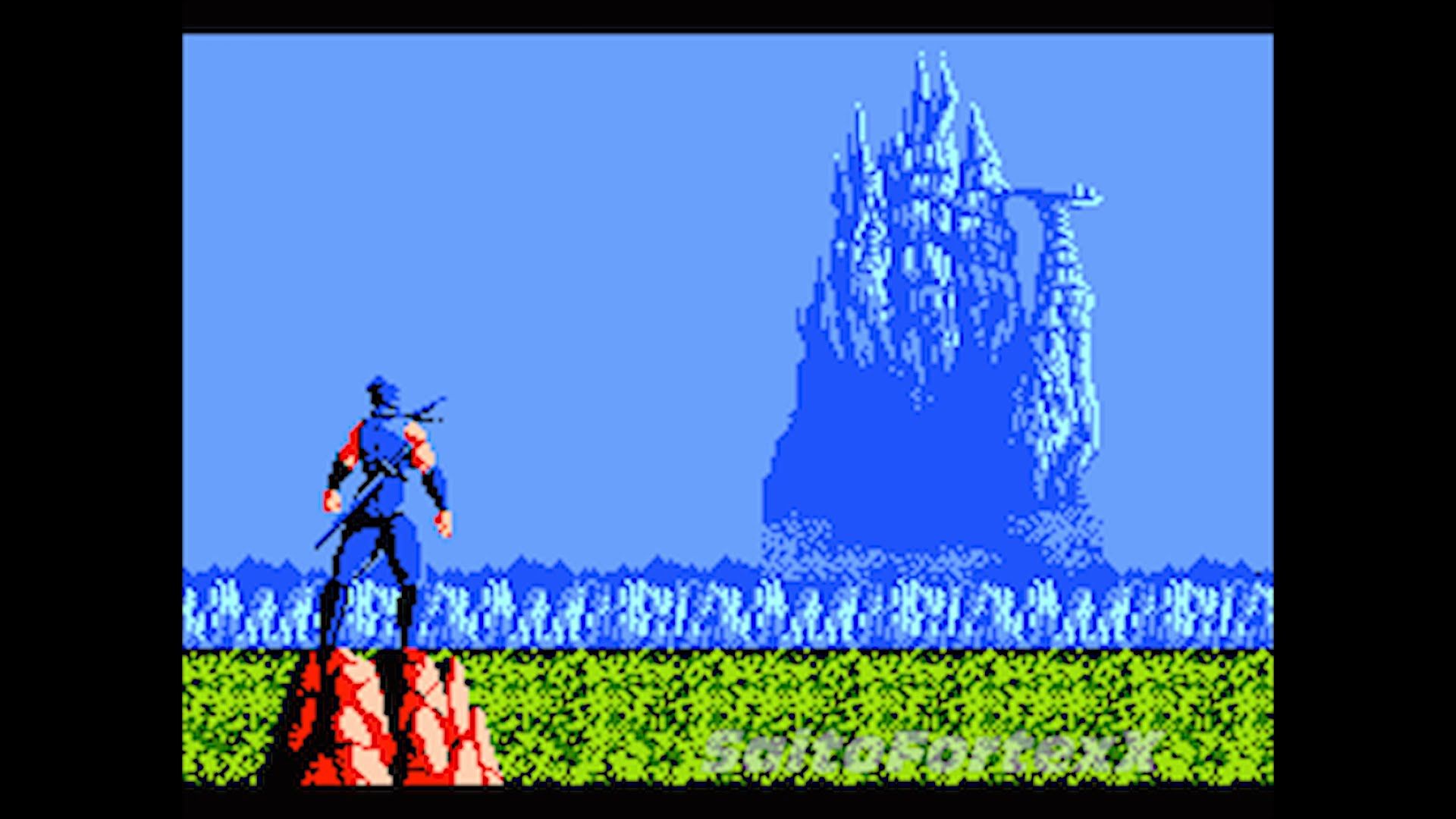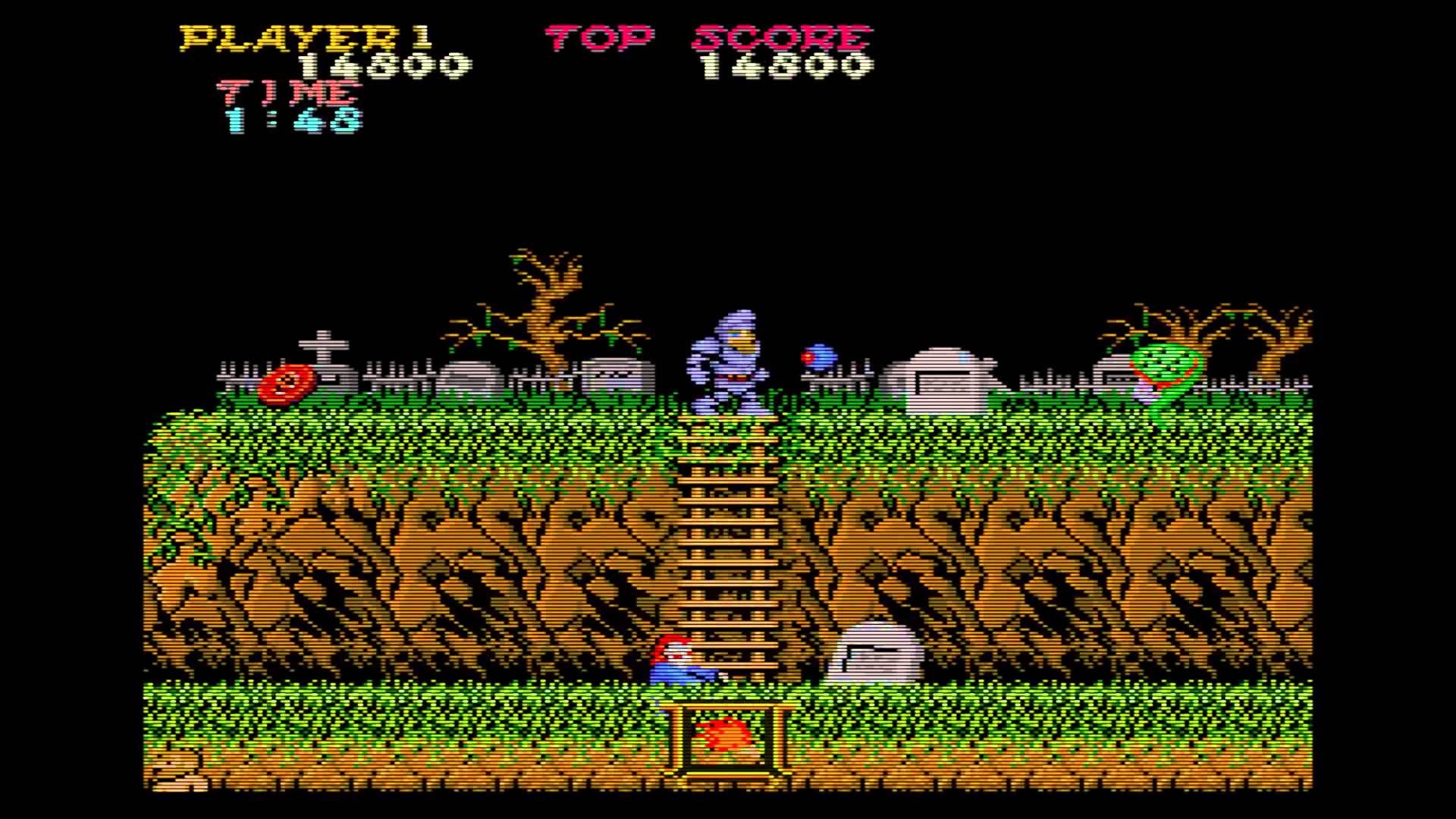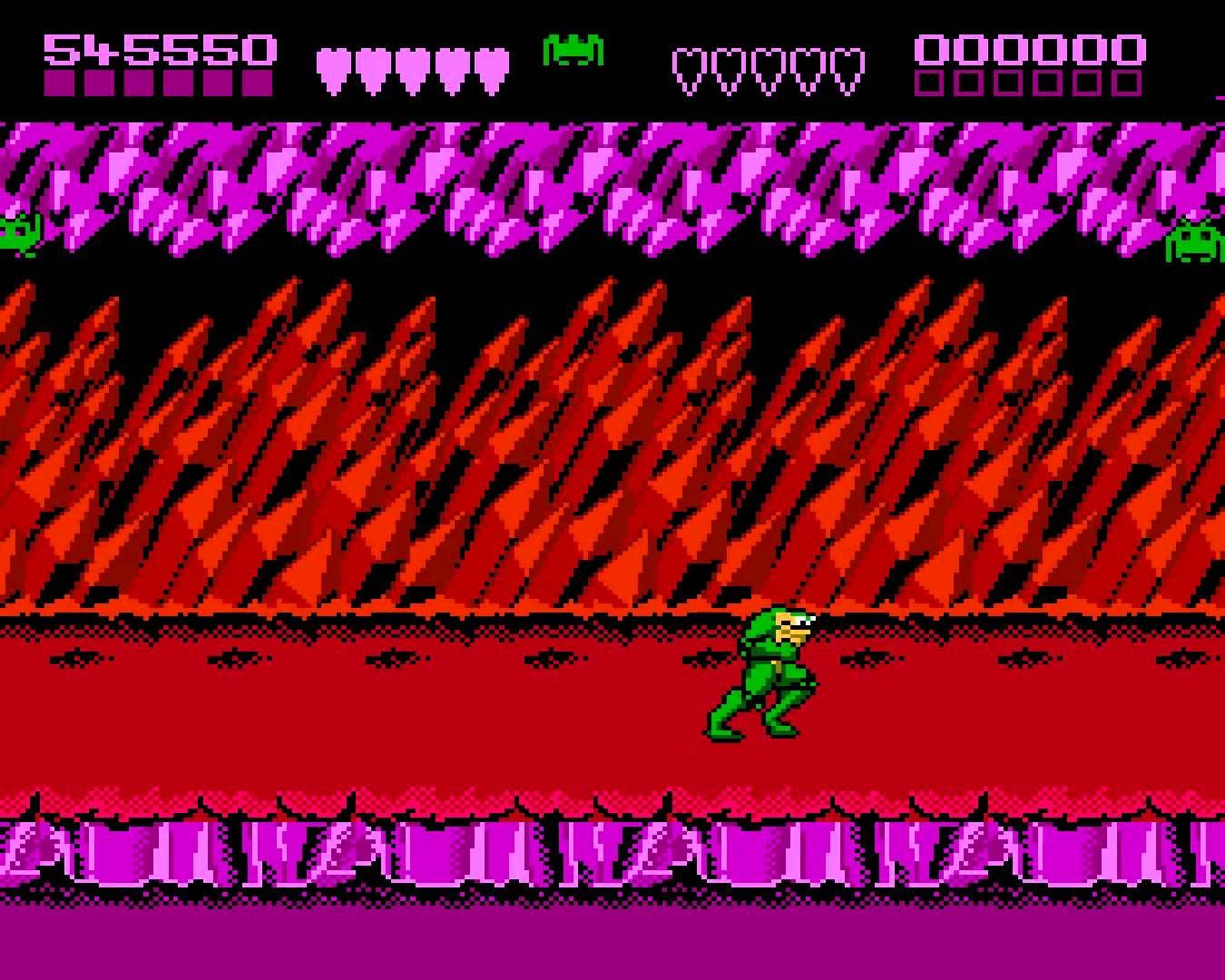Anyone that has picked up a controller in the last thirty years has become acquainted with the "Game Over" screen. Death and dying in video games has been an integral part of the experience ever since the first miss-timed jump that sent Mario plummeting to his doom. Some games have made death so common place that it becomes a constant companion; an adversary to be avoided at all costs while navigating dangerous hazards and enemies, like the wildly successful Souls series or any of the multitude of rougelike indie games that have come to crowd the market in recent years. Some games have embraced the concept of death; making the character’s demise an unavoidable or necessary part of the games progression.
Most often, death in video games exists as an incentive to survive and thrive, an invitation to improve and explore more of what a given title has to offer. Death is the player’s motivation to learn the skill sets, button presses, and enemy tells to thrive in a strange, alien world that becomes familiar the more we engross ourselves in it. Death is seen as a consequence of the uninitiated, a beginner’s blunder that separates the pros from the schmoes. From “Nintendo Hard” platformers and RPGs, to the more prolifically masochistic titles of the current day, gamers the world over are going to keep seeing “Game Over.” This list contains fifteen of the most death prone and death dependent games ever created. With that in mind, prepare to die!
15 Souls Series (Demon’s Souls, Dark Souls, DS2, DS3)
Obligatory. Beginning with Demon’s Souls on the PlayStation 3 back in 2009, FromSoftware reignited the trend of making death in videogames cool again. The Souls franchise focuses on one thing: letting the player find their own way with little to no handholding. Apart from a barebones tutorial in the beginning of each game, the Souls series does away with the luxuries of most every other video games on the market: no minimap, intensely difficult combat, and no checkpoints, save for a few in the form of scattered bonfires. When a player dies, they must also reclaim their bloodstain to gain back any experience they may have earned on their past life. Die before making it back to where you mistakenly walked off that cliff? Your experience is gone for good. Now the standard of measuring many a gamer’s skill and patience, the Souls franchise has rightfully earned its spot amongst some of the most difficult and death-heavy games ever made.
14 FTL (Faster Than Light)
A top down roguelike aboard a spaceship, FTL is a practice in death. Tasked with piloting a lone ship to deliver a message while outrunning the rebel forces, you manage the ship’s crew, as well as any unexpected events that may pop up along the way. Ship to ship combat is tense and brutal, often ending with your crew floating lifelessly through the vacuum of space among the wreckage of your ship. Sending a crew member in to a space station with a renegade security system to save colonists could very well end up becoming their final mission. Not to mention bounty hunters, barbarian rock people, space mantises, mind controlling space slugs, and the steadily progressing rebel fleet relentlessly chasing you. A game of FTL can last three house or three minutes, depending on your skill and the random encounters along your journey. Though one thing is fairly certain: you will die.
13 Let it Die
The most recent brainchild of Suda 51’s Grasshopper Manufacture, Let it Die is a free to play hack and slash. Your goal is to guide your character through the Tower of Barbs, an amalgam of ruined architecture and nightmarish monsters that appeared after a recent earthquake. You start out empty handed, wearing nothing but underwear and guided by “Uncle Death,” essentially the Grim Reaper on a skateboard. Dying is an integral part of Let it Die, as you only have a limited amount of continues in the form of an in game “insurance plan” before you are required to pay real world currency to continue. As an alternative, you can always choose to start a new character—on the ground floor of the tower with none of your previously acquired equipment. As the title suggests, Let it Die is all about allowing and accepting your character’s death, especially when continuing with your current character means emptying your wallet.
12 Rogue Legacy
A standout in the recent flood of indie Metroidvania titles, Rogue Legacy implements death into its gameplay like few other games before it. You take control of a lone knight and are charged with exploring a procedurally generated dungeon full of traps and challenging foes and bosses. When your character dies—and they will die—players pick from one of three choices to become the deceased characters progeny. Sound easy? The selected heir to the deceased character comes with a laundry list of mutations and defects that can drastically alter gameplay and your ability to navigate the castle successfully. They range from the beneficial, like “ADHD,” where your character moves 30% faster, to near game crippling, like “Vertigo,” where the game world is mirrored vertically, forcing you to navigate the castle upside down. In Rogue Legacy dying is not only a guarantee, but also a necessity.
11 Bloodborne
Another game developed by FromSoftware and the unforgiving vision of game director Hidetaka Miyazaki, it’s basically Dark Souls in a gothic trench coat. You guide a hunter through the streets, sewers, and twisted nightmares of the breathtakingly designed city of Yharnam. You’ll face dastardly enemies and Lovecraftian horrors as you venture about and…die. Because of its relation to the Souls series, Bloodborne is a very death-heavy game. Following similar mechanics, you must find your slain corpse in order to reclaim any experience you may have lost when you died previously. A neat tweak is enemies ability to absorb the experience themselves, thus requiring the returning player to slay the monster in question to take back their experience. The memorization of areas and tells of enemies can help reduce the amount of deaths, but any amateur player should approach the city of Yharnam knowing that they will perish continuously.
10 Limbo
The well known puzzle platformer released by Playdead in 2010 is often criticized as being too linear and a tad bit easy once you figure out how to solve its puzzles. Linearity aside, one thing is certain about Limbo your first time through: you will die... a lot. You guide a young boy through a dark and gruesome world after he mysteriously washes up on the shore of an unknown forest. The first few moments of Limbo are unnerving, but strangely beautiful. The game quickly sheds its tranquil platforming elements as you watch the boy get brutally killed by traps and foes sprung from seemingly nowhere. The game relies on patented “trial and death” gameplay, requiring the player to guide the young boy to his gruesome death multiple times in an effort to advance on to the next gauntlet of oversized buzz saws and gargantuan, child eating spiders.
9 Darkest Dungeon
An indie dungeon crawler from Red Hook Studios, you recruit heroes from a town hub and set off to explore catacombs under your inherited family mansion. Darkest Dungeon is an exercise in punishment; you need to keep the passages lit using torches, lest the band of heroes navigate through pitch-black darkness. When the lights go out, the difficulty goes up. Apart from typical enemies and traps, the more your heroes battle through enemies, the more afflictions they will develop. The game uses an affliction system that can cripple even the mightiest warriors. While some can be beneficial, adding boosts to themselves and the group, others are downright dangerous, ending with the hero’s death or possibly the whole parties. And when one of your heroes dies, they’re dead for good. Darkest dungeon implements permadeath, meaning that losing a particularly high level hero is especially painful.
8 Beavis and Butt-Head
Released in the height of the shows popularity, Beavis and Butt-Head tasks you with guiding the popular duo through familiar environments inspired by the show. You’re looking for missing pieces of GWAR tickets after they’re eaten by a dog and chopped up by a lawnmower while avoiding locals and other nonsensical enemies. Health is near impossible to regain, especially because you must complete a bizarre and drawn out process to get back to full health: you must eat a rancid burger form the dumpster at Burger World and make your way to the hospital, all while your health drains. Beavis and Butt-Head both have separate health bars and the game allows you to switch between them, but this still does little to lower the body count. You’ll die a multitude of times as you’re swarmed with enemies you can’t kill and gaps you can’t jump.
7 Death Road to Canada
A more recent and lesser know indie title from the small team at Rocketcat Games, Death Road to Canada is a strange, but satisfying hybrid. Part Oregon Trail, part River City Ransom, Death Road to Canada requires you to traverse the United States in an effort to reach Canada during the zombie apocalypse. Whilst on the road, you must manage your party while dealing with unforeseen text based events and combat scenarios. Picking the wrong option or character during one of these text based events can lead to instant death for them, and in more dire circumstances, the whole party. When your party scavenges, the game turns into a top down brawler that requires navigating thick zombie hordes in some pretty tight spaces. It’s here that death is near constant; running into an abandoned sports store to look for a few extra pistol rounds can easily turn into a mad scramble back to your vehicle, usually a party member or two lighter.
6 Risk of Rain
Another small team developed indie game, Risk of Rain is a frantic, run and gun platformer. The levels start out easy enough as you blast through lesser enemies with reckless abandon. As your time playing increases, so does the difficulty. Eventually, you will have trouble keeping track of your character on the screen. The amount of action that can happen at any given time during a play through of Risk of Rain can be truly daunting, resulting in frequent death. In addition, when the difficulty ramps up, the enemy types and their advantages do as well. It won’t be long before you’re blasting through man-eating plants while avoiding giant electrified flying jellyfish. Enemies encountered when the clock really starts to tick can easily out maneuver and out gun an inexperienced player’s flailing attempts to survive. This usually results in a baffling number of deaths, especially when you surpass the five minute mark.
5 Zelda: The Adventures of Link
Known as the black sheep in the incredibly successful series of games, Zelda: The Adventures of Link is a notoriously high casualty game. Random encounters while navigating the world map can plant Link right in the middle of side scrolling through a barrage of hopping blobs and spear throwing enemy warriors; when low on health, these encounters are almost always a death sentence. In the tradition of “NES Hard” games, The Adventures of Link requires an intensive amount of memorization, trial and error, and random luck. If it’s not forcing you to navigate through a pitch-black cavern filled with enemies, it’s those damn orange and blue knights that block every thrust from Link’s sword. If you’re preparing to try and save Zelda again as the beloved green-hatted hero, get used to sitting at the game over screen, complete with Ganon’s jeering silhouette and haunting laugh.
4 Castlevania II: Simon’s Quest
The sequel to the wildly successful Castlevania, Castlevania II: Simon’s Quest can be horrendously difficult. Trading out linear progression for an open world map that can be explored by the player at will, the probability of getting lost early on is unavoidable. Even after talking to the townspeople in the starting area—some of whom will lie to you and point you to one, if not numerous early deaths—exploring the game world is a treacherous and tricky task. Wandering out blindly into a harsh world with an underpowered, under leveled, and under equipped Simon will lead to moments of controller snapping frustration as the death count rises. Don’t bother asking any of those lying townspeople for help after dark either; thanks to a night and day cycle within the game, tougher enemies emerge at night and all the NPCs in town turn into hostile zombies after they close their shops.
3 Ninja Gaiden
The first of ninja Ryu Hayabusa’s many wall-jumping adventures, the first Ninja Gaiden is near impossible, even sticking out for an early Nintendo game. The frantic pace of the game requires serious concentration and memorization, but even that is usually not enough. Death is plentiful in Ninja Gaiden because of the game’s design itself. Enemies relentlessly attack from all sides and respawn if Ryu travels too far from them. Multiple areas are full of platforming pitfalls that mean instant death for Ryu, and many enemies in those areas take up entire platforms. Since Ryu jumps back whenever he is hit, trying to attack enemies on said platforms usually ends with Ryu hopping to his own death. Paired with the fact that dying at the last boss means starting the incredibly difficult last group of levels from the beginning, dying in Ninja Gaiden is as common as shuriken.
2 Ghosts 'n Goblins
Infamous for its level of unforgiving difficulty, Ghosts ‘n Goblins is a true nightmare to navigate. You control Sir Arthur, a knight whose girlfriend gets kidnapped by the devil and is required to navigate through a gauntlet of unrelenting enemies and pitfalls. The level of reflexes needed to avoid incoming enemies and enemy attacks are super human. Sir Arthur will die continuously while you figure out enemy patterns and traps. Sounds like most side-scrolling run and gun platformers of the time, right? Sir Arthur’s adventure made the list because he can only survive two hits. Get nicked by an enemy and Sir Arthur’s armor comes flying off. Down to his skivvies, any contact with an enemy or one of their many projectiles means instant death. Even if you are able to bring the boxer wearing knight to defeat the final boss, the game informs you that you didn’t actually complete the game yet and that you’ll need to beat the game a second time in order to obtain the true ending.
1 Battletoads
The game that may be responsible for the most broken controllers in the history of consoles, Battletoads has achieved cult status for its punishing difficulty and sadistic level design. Developed by Rare and released in 1991, Battletoads follows three anthropomorphic toad teammates as they battle the dark queen and her army of mutant rodent warriors. You start with only three lives that are quickly spent. A savvy player can hoard a considerable amount more if they master juggling crows off the walls in the second level of the game, but entering the game with a substantial pool to draw from is still not a sure step to success. You’re guaranteed to burn a number of lives in the infamously difficult Speed Bike Race, Snake Pit, and Surf City before you even reach the second section of the game. Half glitchy nightmare and half cleverly designed deathtrap; Battletoads is still considered one of the most difficult and challenging games available. And don’t think about asking a friend for help; a design flaw prevents the second player from progressing past level 11.

